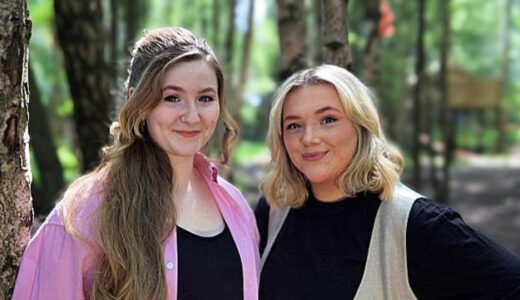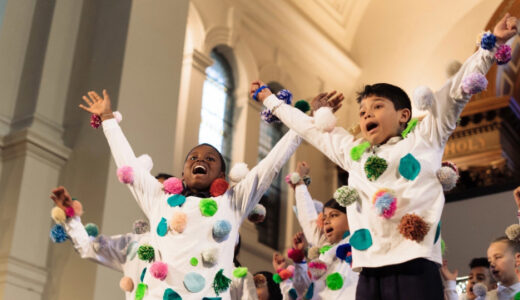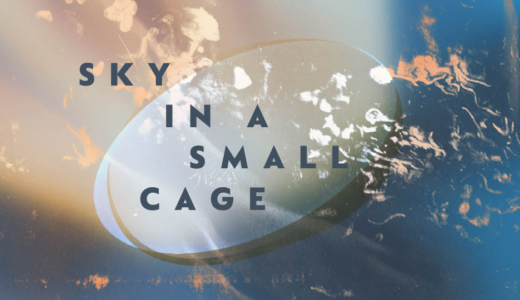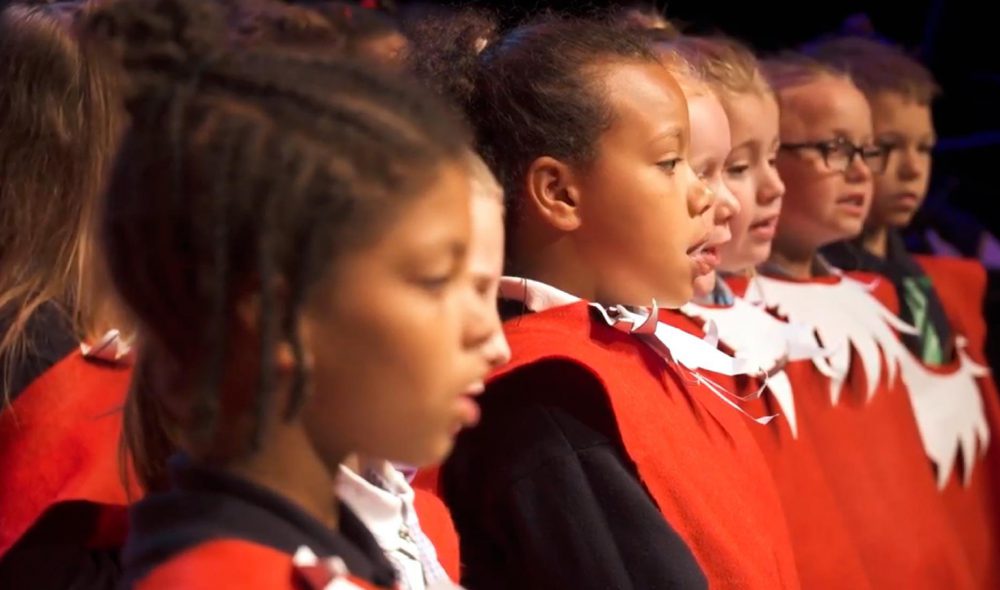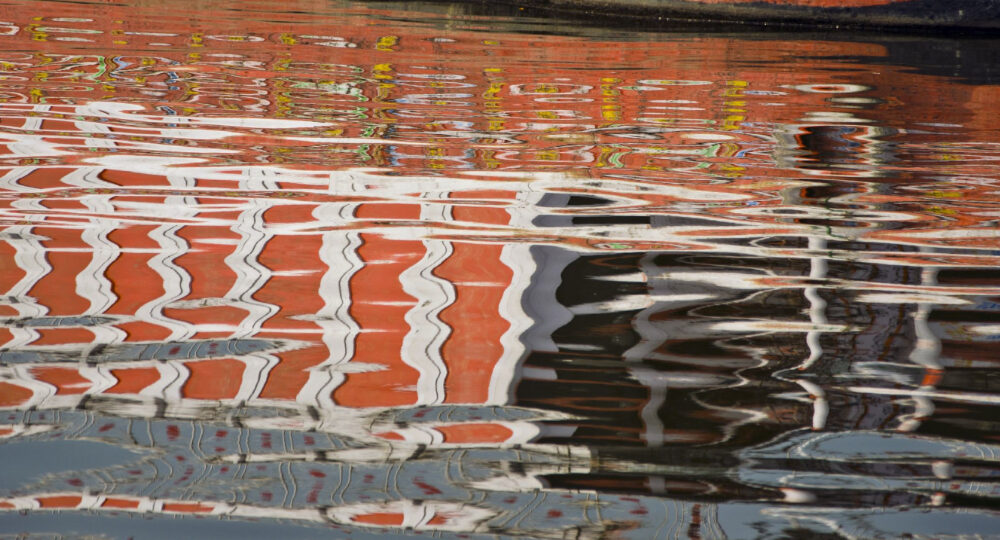
19/11/17
Programme note - On what weft are woven the waters
NON-LINEAR THOUGHTS AND CIRCULAR NOTES ON THE GENESIS OF A PIECE
Rolf Hind introduces his new piece On what weft are woven the waters:
I first visited India over 20 years ago.
In the build-up to our trip my partner and I had vivid, sometimes turbulent, sometimes glorious dreams about the place.
We liked to tell people afterwards that the reality was far more extraordinary than the dreams.
It was if something had been lying in wait for me, something to which I had been oddly blind. We went again the following year, I started to study Hindi, became a yoga practitioner, investigated different forms of meditation, read about the country and listened to its music and watched its movies, and made friends with a lot of people who felt the same. I was discovering a new homeland, one that disgusts, enthrals and delights.
When I began to write again, in 2000, after a career exclusively as a performer despite an early compositional training, I inevitably took inspiration from these new parts of myself. Some elusive influence freed me from self-consciousness (the scourge and demiurge of the composer!) India feels such a long way from home that those petty concerns vanished and a natural wellspring of creativity and responsiveness seemed to bubble up. (Intermittently!) After years of toying disaffectedly with this technique and that harmony, trying on other people’s ill-fitting and frankly quite smelly clothes, I could see a reason and a real need to compose.
Another big part of this for me has been the reading of a particular book and author. I first came to Roberto Calasso’s KA in the late 90s and it’s been on my desk pretty much ever since. It’s an extraordinary attempt to bring the sensibility of a polymathic, literary-critical, Western eye to a vast body of texts that have shaped Hindu thought and mythology. Both poetic and philosophical, and even historical in its attempt to create some kind of timeline out of the baffling multi-layered atemporal stories of the Vedas, it is unique in my experience of reading.
In my first piece for ensemble, written in 2000-2001, I took a central section of Calasso’s book as inspiration: The Horse Sacrifice, or asvamedha, which was a crucial, cruel and symbolic part of Vedic life. There had been sacrifices in my personal life too, at that time, and I could see the truth in Calasso’s assertion that we don’t perhaps sufficiently honour or recognise the idea of sacrifice and how, whether we like it or not, it’s everywhere. The ceremony he writes about is an event whose every tiny episode is recognised as having a macrocosmic correlative, renewing the earth with death’s cruel magic. (It’s hard to write about, which makes the clarity and pregnant poetry of Calasso all the more wonderful.)
Not all my pieces since have started with the book, but many of them have directly or indirectly taken from philosophical or formal ideas, ways of narration, musical timbres and techniques that have come to me from pondering Calasso and, through him, India.
When Graham McKenzie from hcmf// first put the idea of a new piece to me a couple of years ago, I had a number of pencilled pet projects in my Little Book of Ideas. I asked him to choose one, and he couldn’t, so he suggested that there might be a way of combining them. I couldn’t see it at first, but started to indulge my fantasies.
I gave it more thought on a trip to India in which I spent several days wondering around Hampi, a place shot through with Everything That Has Been. Self-consciousness again dropped away: why shouldn’t I write a piece for piano duet, two differently tuned harps, 4 gamelan players, 3 percussionists, a singer, clarinet, violin, viola, cello and a cimbalom for good measure??
What has evolved is an hour-long sequence of 13 movements, most of them with a few words from Calasso’s text at the head. The sequence flows through the first four movements, a kind of clarinet concerto with different accompaniments, onto the 7th movement, Funeral Fire, which sets a free translation of a beautiful hymn from the Rg Veda, and then the biggest tutti movement, The Island of The Rose Apple. This was an early name given to India, and is my affectionate portrait of that crazy, wonderful place which transforms sonically into a pristine new world by its end.
The sequence of movements that follows involve two gamelan heavy movements, and point towards a progress charted by Calasso: from the old sacrificial culture where there is always something “left over” at the end of a movement/event, to the thinking of Buddhism, where the highest goal is utter extinction ( -the last movement is called The Fullness That Lacks Nothing.) Calasso’s take - one I do not necessarily share - is that the Buddhist view of the universe is a little bleak and reductive. In this movement the music is drawn from a fractal technique not so different from what Per Norgard uses in many of his works. It has always seemed to me an appropriate technique for this kind of subject matter: a mandala like microverse where each layer stands for something bigger and that can be viewed from many perspectives. It is one aspect of the way the whole piece has been constructed which fully flowers here, each instrument flowing in a separate river of speed, till they all settle and the surface of the water becomes clearer.
Another way I think of the large-scale division of the piece is as almost a face-off between East and West. The first few movements more discursive, the latter ones statements of glorification. There are some direct parallels: the second movement, “21 formulas”, creates its material by using pathas, age-old patterns of memorisation which so powerfully kept the Vedic texts alive. But the pitches are out of focus and distant, and the material moves at different speeds and changes perspective (literally, by the players’ movements.) The same material is used to generate the 9th movement, for gamelan and piano, but obviously, because of the very specific tunings of the gamelan instruments now has a very other flavour. It’s marked “with radiant joy” and it’s title You’re It, while perhaps suggesting a game of tag between the players, is also a hopefully non-blasphemous punning translation of a riddle which is central to Hindu philosophy and soteriology: tat tvam asi - that you are.
Two of the other later movements refer also to Sanskrit as a language. As If, the 10th movement, is a translation (again with different possible readings intended) of iva, a particularly handy word in Sanskrit. The music here is a faded distant memory of something that has gone before, smudged by memory.
In the penultimate movement the singer, alone, works her way through the Sanskrit alphabet, the melisma for each of the letters she sings governed by arcane rules from the above mentioned pathas. One of the many extraordinary things about Vedic culture is that it hardly survives at all as architecture or artefacts, only as sounds and words, and (eventually) writing. This also struck me as an interesting fact in the current climate of contemporary art music where there can be an intense fetishisation of “the text”, as graphic, or as Bible. The Hindu culture even to this day recognises the magic of sound and word, finding in them the same correlative to the cosmos as in the events of the sacrifice. The letter KA is part of that alphabet: it also means Who?
The texts are dizzying, circular, multiple, like the stories we tell. There are usually at least two versions of events and I have worked with the idea of doubles/twins which extends to the characters of Hindu mythology too: so there are two pianists, who copy, assist and occasionally obstruct each other; there are two harps mirroring each other but with different tunings; the gamelan players work in pairs; the percussionists play often as a pair, and sometimes on the same instruments or even instrument; and the two string players often work as a unit.
This recognition of the dazzling power of stories and words can break reality open, lever us beyond our conceptual minds. KA itself begins with this extraordinary epigraph from the Yogavasistha:
The world is like the impression left by the telling of a story…
Recent Posts

23/01/25
Various Stages | News | Meet Me @ Mahogany | Events & Performances
Meet Me @ Mahogany: Participation On The Move
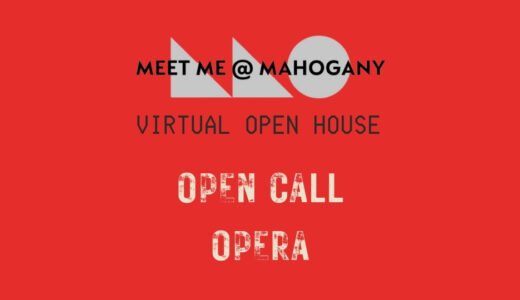
16/10/24
News | Meet Me @ Mahogany | Recruitment | Events & Performances
Meet Me @ Mahogany: Open Call Opera
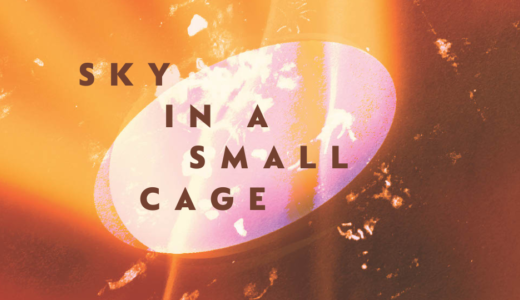
10/04/24
Commissioning | News | Events & Performances

